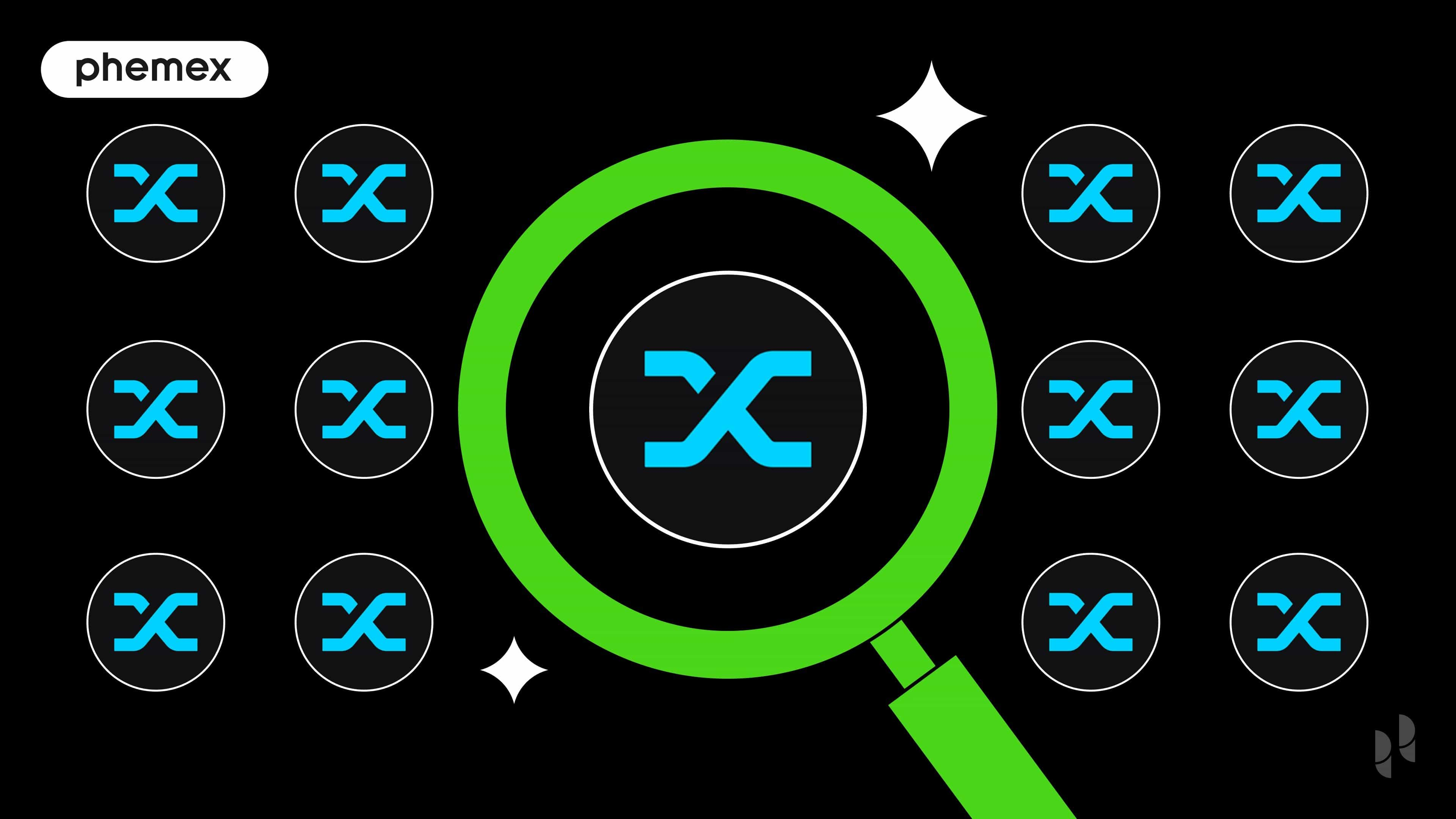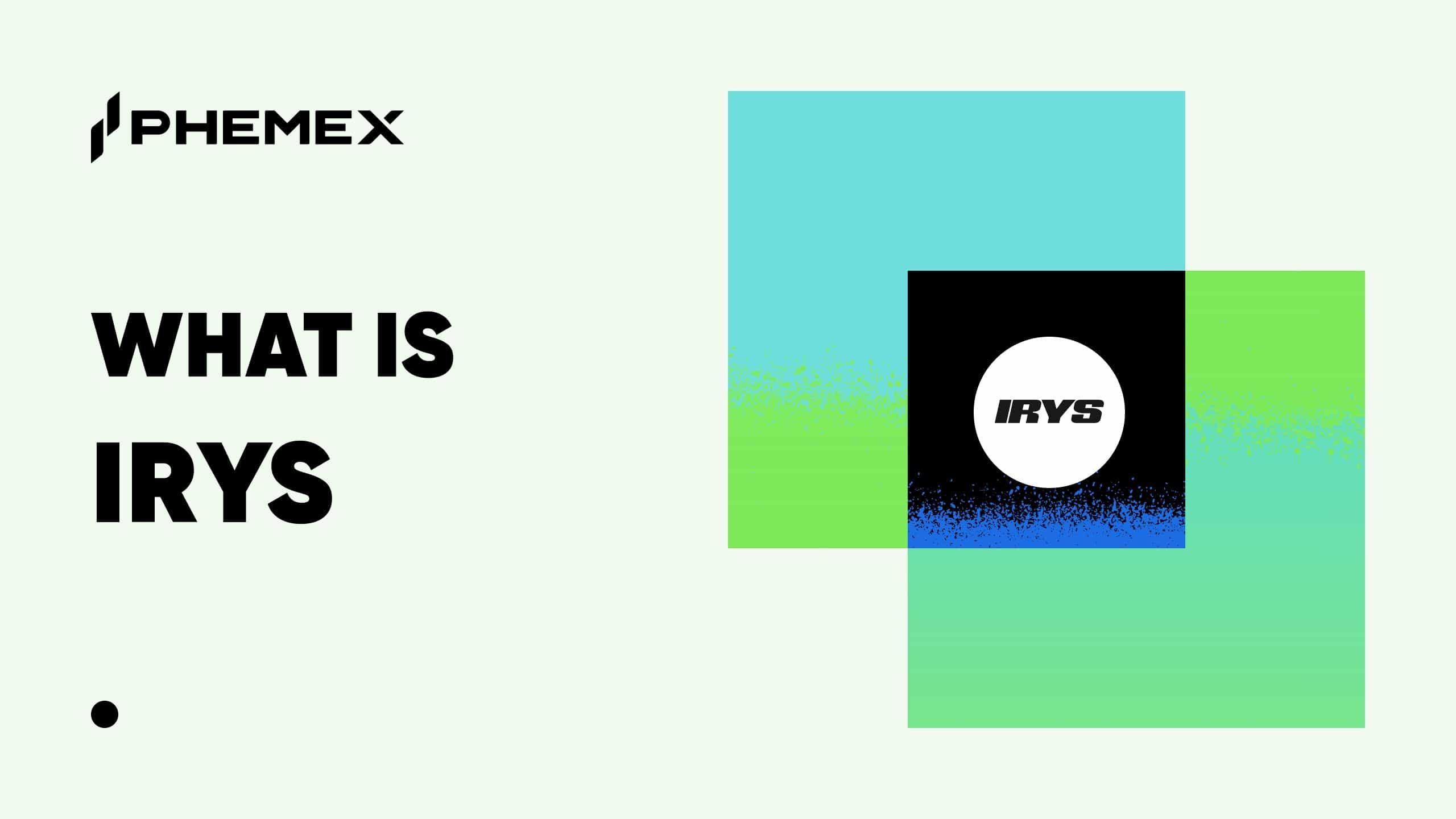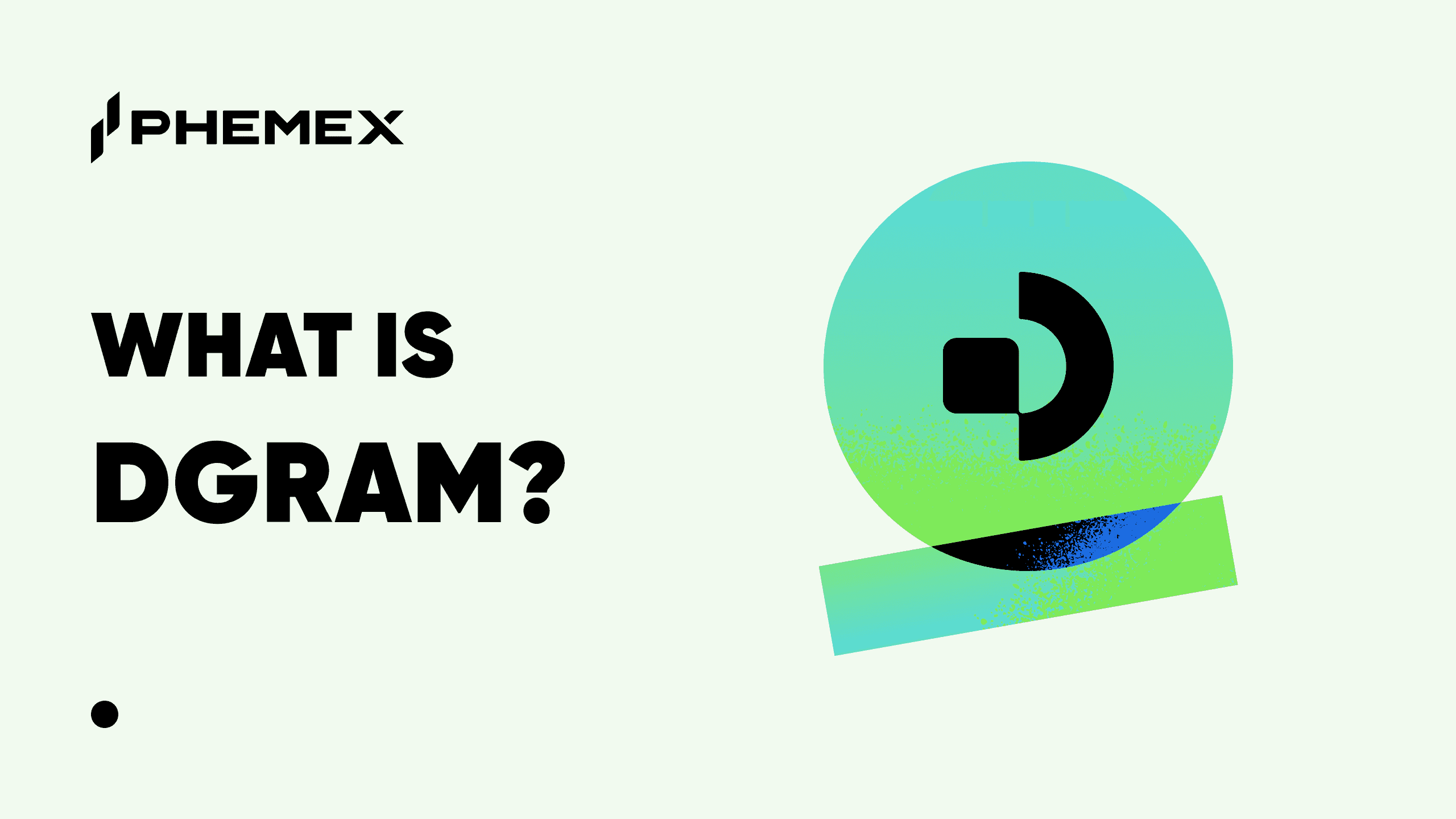Key Takeaways
-
What is Synthetix? Synthetix is a decentralized finance (DeFi) protocol built on Ethereum that enables the creation and trading of synthetic assets and, most recently, decentralized perpetual futures.
-
SNX Token Utility: The SNX token is the backbone of the protocol, used for staking to provide collateral, participating in governance, and earning rewards from trading fees.
-
Core Innovation: Synthetix allows users to gain on-chain exposure to a wide range of assets, including cryptocurrencies, fiat currencies, and commodities, without holding the underlying asset.
-
Strategic Shift: The protocol is launching a high-performance perpetual futures exchange on Ethereum Mainnet, combining an off-chain order book for speed with on-chain settlement for security.
-
Investment Potential: The recent launch of its perpetuals exchange and a deflationary token model have generated significant interest, but like all cryptocurrencies, SNX carries inherent risks.
Introduction
In the expansive universe of decentralized finance (DeFi), protocols constantly push the boundaries of what’s possible on the blockchain. One of the most enduring and innovative projects in this space is Synthetix. At its core, Synthetix addresses a fundamental challenge: bridging the gap between traditional financial markets and the crypto world. It allows users to mint and trade "Synths," which are tokenized derivatives that track the value of real-world assets. From its origins as a stablecoin project to its current form as a sophisticated derivatives liquidity protocol, Synthetix explained simply is a gateway to a more interconnected financial future. This guide will explore the intricate workings of the Synthetix protocol, the crucial role of its native SNX token, its technological evolution, and how you can get involved through Phemex.
Summary Box (Quick Facts)
-
Ticker Symbol: SNX
-
Chain: Ethereum
-
Contract Address: 0xc011a73ee8576fb46f5e1c5751ca3b9fe0af2a6f
-
Circulating Supply: Approximately 343.47 million
-
Total Supply: Approximately 343.89 million
-
Primary Use Case: Collateralization for synthetic assets and backing for perpetual futures.
-
Current Market Cap: ~$420.72 million
What Is Synthetix (SNX)? From Stablecoins to a Derivatives Powerhouse
Synthetix is a decentralized protocol built on the Ethereum blockchain that serves as a liquidity layer for on-chain derivatives. To truly understand what is Synthetix (SNX), we must look at its evolution. The project began its journey in 2018 under the name Havven, with a focus on creating a decentralized stablecoin. However, the team, led by founder Kain Warwick, soon recognized a much larger opportunity: enabling the creation of any asset on the blockchain.
In 2019, Havven rebranded to Synthetix and launched its v2, pioneering the concept of synthetic assets, or "Synths." These are ERC-20 tokens that track the price of other assets, giving traders exposure to everything from the US Dollar (sUSD) and the Euro (sEUR) to Bitcoin (sBTC) and even commodities like gold (sXAU). This innovation was groundbreaking, as it allowed DeFi users to trade a diverse range of assets on-chain, 24/7, without needing to own the underlying asset directly. This solved the critical problem of siloed markets, making traditional finance assets accessible within the composable DeFi ecosystem.
The protocol's evolution didn't stop there. Recognizing the immense popularity of perpetual futures in the centralized crypto world, Synthetix directed its focus toward building a fully decentralized alternative. This led to the development of Perps v2 on Layer-2 solutions like Optimism, and ultimately to the current flagship product: the Synthetix Mainnet perpetuals exchange. This platform marks a major architectural shift, designed to offer a trading experience that rivals centralized exchanges—with deep liquidity, an efficient off-chain order book, and secure on-chain settlement on Ethereum. Synthetix explained in its current form is a foundational liquidity protocol aiming to become the backbone for on-chain derivatives trading.
How Many SNX Are There? Understanding SNX Tokenomics
The tokenomics of a protocol are fundamental to its long-term stability and value, and the SNX token is the engine of the entire Synthetix ecosystem. It masterfully combines governance rights with its primary function as collateral. When users stake their SNX tokens, they directly contribute to the platform's stability and liquidity, and in return, they earn rewards from protocol-generated fees. This creates a powerful, mutually beneficial relationship where token holders are incentivized to support the system's long-term growth and security.
The platform has evolved its economic model significantly over the years. Initially, the protocol used an inflationary model to bootstrap the network by distributing newly minted SNX as rewards. However, as of December 2023, Synthetix has transitioned away from creating new tokens to implementing a deflationary buyback and burn mechanism. This means a portion of the trading fees generated by the exchange is now used to purchase SNX tokens from the open market and permanently remove them from circulation. This process is designed to increase the scarcity and potentially drive up the value of the remaining tokens, directly linking the success of the exchange to the value of SNX.
A key component of this ecosystem is its native stablecoins, including sUSD and the legacy USDx. These tokens are designed to maintain a consistent value of $1 and are backed by excess collateral within the protocol to ensure their stability and reliability. They serve as the primary unit of account and medium of exchange within the Synthetix platform.
The fee structure is transparently designed to reward all key participants and ensure sustainable operations:
-
60% of fees go to the liquidity providers who stake their assets.
-
20% is allocated to platform partners and developers who build on or integrate with Synthetix.
-
20% is used for system maintenance and stability, supporting ongoing operations.
This balanced distribution ensures that all stakeholders benefit from the platform's success. Alongside this fee structure, the system also includes various incentive programs and special rewards to encourage long-term participation and continued platform growth.
What Does SNX Do? The Engine of the Synthetix Ecosystem
The SNX token is far more than just a speculative asset; it is the functional core of the entire Synthetix protocol. Its utility is multifaceted, providing security, governance, and a mechanism for value capture.
Primary Use Case: Staking and Collateralization
The foundational SNX use case is staking. To create synthetic assets or provide liquidity for the perpetuals market, users must lock their SNX tokens in a smart contract. This staked SNX acts as system-wide collateral. It backs the value of all synthetic assets and serves as the counterparty for traders on the perpetuals exchange.
In return for taking on this risk and providing this essential service, stakers earn rewards. These rewards come from two primary sources:
-
Trading Fees: A percentage of the fees generated from every trade on the Synthetix exchange is distributed to SNX stakers.
-
SNX Rewards: Although the inflationary model has been phased down, stakers still receive SNX rewards as part of the protocol's incentive structure.
This staking mechanism is vital. It ensures that the system is always sufficiently collateralized to handle market fluctuations and cover trader profits.
Governance: Shaping the Future of Synthetix
Synthetix is governed by its community through a decentralized autonomous organization (DAO). The SNX token grants its holders voting power to participate in this governance process. Key decisions about the protocol's future—such as implementing new features, adjusting fee structures, or managing the treasury—are proposed and voted on by the community. Governance is conducted through various councils (like the Spartan Council), whose members are elected by SNX token holders. This democratic structure ensures that the protocol evolves in a way that reflects the interests of its most invested users.
Integration in a Broader Ecosystem
The liquidity provided by Synthetix is highly composable, meaning it can be integrated into other DeFi applications. For example, sUSD, the protocol's primary stablecoin, can be used in other lending protocols or liquidity pools across DeFi. This integration extends the utility of Synthetix beyond its own platform, making it a fundamental building block for other developers and protocols.
SNX vs. COMP: A Tale of Two DeFi Giants
To better understand Synthetix’s unique position in the market, it’s helpful to compare it to another DeFi blue-chip, Compound (COMP). While both are foundational protocols on Ethereum, they target entirely different sectors of decentralized finance. Synthetix is a complex derivatives protocol, whereas Compound is an autonomous money market.
Here is a breakdown of their key differences:
| Feature | Synthetix (SNX) | Compound (COMP) |
| Primary Protocol Function | A derivatives liquidity protocol for minting and trading synthetic assets and perpetual futures. | An algorithmic money market protocol for lending and borrowing crypto assets. |
| Core Token Utility | Staking & Collateral. SNX is staked to provide the collateral that backs all assets and trades on the protocol. | Governance. COMP is used to propose and vote on all changes to the Compound protocol, such as adding new assets or changing interest rate models. |
| Economic Model | Fee-Sharing & Deflationary. Value accrues to SNX stakers via a share of trading fees and a token buyback-and-burn mechanism. | Governance Power. Value is derived from the token's right to govern the protocol and its treasury. There is no direct fee-sharing mechanism. |
| Primary User Base | Active derivatives traders and liquidity providers who are comfortable taking on the risk associated with synthetic debt. | Passive lenders seeking to earn yield on their assets and borrowers looking for liquidity or leverage. |
| Underlying Mechanism | A pooled collateral model. Staked SNX acts as a collective counterparty to all trades, sharing the system's overall debt pool. | A pooled liquidity model. Assets are supplied to distinct lending pools, and interest rates are set algorithmically based on supply and demand in each pool. |
| Risk Profile for Users | Stakers are exposed to the fluctuating value of the protocol's debt pool. Traders are exposed to market volatility. | Lenders are exposed to smart contract risk and potential illiquidity in a pool. Borrowers face liquidation risk. |
In summary, the SNX vs. COMP comparison highlights the specialization within DeFi. Investing in SNX is a bet on the growth of on-chain derivatives trading and the protocol's ability to generate fees. Investing in COMP is a bet on the importance of decentralized money markets and the value of having governance control over a foundational lending protocol.
The Technology Behind Synthetix: A Hybrid Approach
Synthetix's technology has consistently been at the forefront of DeFi innovation. Its latest iteration represents a sophisticated hybrid model designed to achieve the best of both worlds: centralized exchange performance and decentralized security.
Consensus and Core Infrastructure
As a protocol on Ethereum, Synthetix relies on Ethereum's proof-of-stake (PoS) consensus mechanism for the finality and security of its transactions. The core logic of minting, burning, staking, and fee distribution is encoded in a series of open-source smart contracts audited for security.
From Layer 2 and Back: A Strategic Journey
To escape the high transaction fees on Ethereum Mainnet, Synthetix was an early pioneer of Layer-2 scaling solutions. Perps v2 was deployed on Optimism, and later deployments of v3 occurred on Base and Arbitrum. These L2s offered faster, cheaper transactions, which was essential for a high-frequency activity like perpetuals trading.
However, the team made a bold decision to deprecate these L2 deployments and refocus efforts on a flagship exchange built directly on Ethereum Mainnet. This seemingly counterintuitive move is a strategic bet on Ethereum's long-term value. The rationale is to tap into Ethereum's unparalleled liquidity (over $90 billion in DeFi) and its status as the most trusted settlement layer.
The Synthetix Mainnet Exchange: Off-Chain Speed, On-Chain Security
The new exchange introduces a key technological innovation: a high-performance central limit order book (CLOB) that operates off-chain, coupled with on-chain settlement.
-
Off-Chain Order Book: An order book is where buy and sell orders are matched. By running this off-chain, Synthetix can offer an ultra-fast, "gasless" trading experience similar to that of a centralized exchange like Phemex. Traders can place and cancel orders instantly without paying a gas fee for every action.
-
On-Chain Settlement: While order matching is off-chain, the actual settlement of trades—the transfer of funds—occurs on the Ethereum blockchain. This ensures that users always maintain self-custody of their funds and benefit from Ethereum’s robust security guarantees.
This hybrid model, combined with multi-collateral support (allowing users to stake assets like wstETH and sUSDe), positions Synthetix to compete directly with both centralized and other decentralized derivatives platforms.
Trade SNX on Phemex Today!
Team & Origins: The Visionaries Behind Synthetix
Synthetix was founded by Kain Warwick, an Australian entrepreneur with a background in payments technology. The project’s journey began as Havven in 2017 with an ICO that raised $30 million. After its pivot to synthetic assets in 2019, Synthetix quickly established itself as a cornerstone of the emerging DeFi landscape.
The project is known for its strong community-driven governance and a core team of highly skilled developers. It has also received backing from several prominent venture capital firms in the crypto space, including Framework Ventures, Paradigm, and Coinbase Ventures. This combination of a visionary founder, a dedicated community, and strong institutional support has allowed Synthetix to navigate multiple market cycles and continue to innovate at a rapid pace.
Key News & Events Driving the SNX Price
The price and relevance of SNX are often influenced by major protocol upgrades, strategic decisions, and broader market trends. Here are some of the most significant recent events:
-
Perpetual DEX Launch (October 2025): The launch of the Synthetix perpetual futures DEX on Ethereum Mainnet is arguably the most bullish catalyst in the protocol's recent history. It features multi-collateral support, gasless trading, and was kicked off with a major trading competition to attract liquidity and users. This event led to a massive spike in on-chain volume and renewed interest in the protocol.
-
Technical Breakout: Coinciding with its DEX launch, the SNX price experienced a major technical breakout, surging over 120%. The price broke a long-term descending triangle pattern, triggering significant buying pressure from algorithmic and retail traders. This move was supported by bullish signals on indicators like the RSI and MACD.
-
Strategic Deprecation of L2 Deployments: The decision to sunset the Perps v3 deployments on Base and Arbitrum and focus exclusively on Ethereum Mainnet was a pivotal moment. This unified the protocol's liquidity and development efforts, positioning SNX as a core infrastructure play on DeFi's most valuable chain.
-
Debt Jubilee on Optimism: To clean up legacy positions from older versions of the protocol, Synthetix initiated a "Debt Jubilee" on Optimism. This event helps legacy stakers manage their positions as the protocol transitions its main products back to Ethereum.
These events showcase a protocol that is actively refining its strategy and technology to maintain a competitive edge in the fast-paced world of DeFi. For the latest news about SNX, traders should monitor the official Synthetix blog and community channels.
Is SNX a Good Investment? A Balanced Perspective
Determining whether SNX is a good investment requires a careful analysis of its potential and its associated risks. The SNX investment potential is intrinsically linked to the success of its decentralized derivatives exchange.
The Bull Case:
-
First-Mover Advantage: Synthetix was a pioneer in on-chain derivatives and has built a strong brand and community over several years.
-
Strong Product-Market Fit: The demand for perpetual futures is enormous. By offering a decentralized, self-custodial alternative to centralized exchanges, Synthetix is tapping into a multi-trillion-dollar market.
-
Powerful Tokenomics: The fee-sharing and buyback-and-burn mechanism creates a direct link between exchange volume and the value of SNX. As trading activity grows, so does the reward for stakers and the deflationary pressure on the token.
-
Tapping into Ethereum's Liquidity: By building on Ethereum Mainnet, the protocol can directly integrate with the deepest liquidity pools in all of DeFi, creating a powerful network effect.
The Bear Case & Risks:
-
Intense Competition: The decentralized derivatives space is highly competitive, with rivals on various Layer-1 and Layer-2 networks. Synthetix must continuously innovate to maintain its market share.
-
Systemic Risk: The pooled collateral model means stakers are exposed to the collective debt of the system. A black swan event or a bug in the smart contracts could lead to significant losses.
-
sUSD Peg Stability: The stability of the sUSD stablecoin is crucial for the health of the ecosystem. While it is over-collateralized, periods of high market volatility have caused it to de-peg from its $1 target in the past.
-
Regulatory Uncertainty: The regulatory landscape for derivatives and crypto, in general, remains a significant unknown. Future regulations could impact the protocol's operations.
Conclusion:
SNX represents a high-risk, high-reward investment opportunity. Its future success hinges on its ability to attract and sustain high trading volumes on its new perpetuals exchange. The protocol’s sound technology, experienced team, and strong community are major advantages. However, potential investors must be aware of the inherent risks of DeFi and the competitive landscape.
Disclaimer: This content is for informational purposes only and does not constitute financial advice. Cryptocurrency trading involves significant risks; only invest what you can afford to lose.
How to Buy SNX on Phemex
For those looking to gain exposure to the Synthetix ecosystem, Phemex provides a secure and user-friendly platform. SNX is available for both spot and futures trading. To get started, you can follow the instructions on our dedicated guide: "How to buy SNX."
Frequently Asked Questions (FAQs)
Q: What is the main purpose of the SNX token?
A: The primary purpose of the SNX token is to serve as collateral for the entire Synthetix protocol. Users stake SNX to mint synthetic assets and provide liquidity for the perpetuals exchange. It is also used for community governance and to earn trading fees.
Q: Is SNX an inflationary or deflationary token?
A: SNX has transitioned from a highly inflationary model to a primarily deflationary one. A portion of the trading fees generated by the exchange is now used to buy back SNX tokens from the market and burn them, reducing the total supply over time.
Q: Where can I trade SNX?
A: You can trade SNX on Phemex, which offers both spot markets for buying and selling the token directly, and perpetual futures for speculating on its price movements with leverage.
Q: What is the difference between Synthetix and a centralized exchange?
A: The key difference is custody. On Synthetix, you trade directly from your own crypto wallet, meaning you always control your funds. On a centralized exchange, you deposit your funds into the exchange's custody. Synthetix offers transparency and censorship resistance, while centralized exchanges often provide deeper liquidity and a simpler user experience.
Q: What are the risks of staking SNX?
A: When you stake SNX, your collateral is used to back the protocol's debt pool. You are exposed to fluctuations in the value of this debt. If traders on the platform are highly profitable as a whole, the system debt can increase, which can negatively impact your position as a staker.








